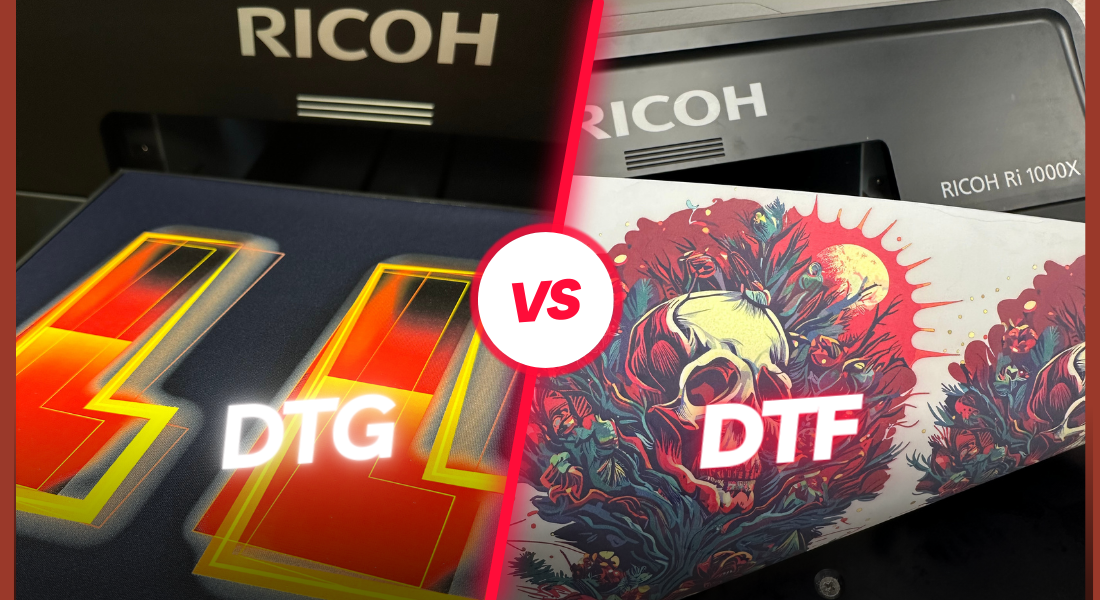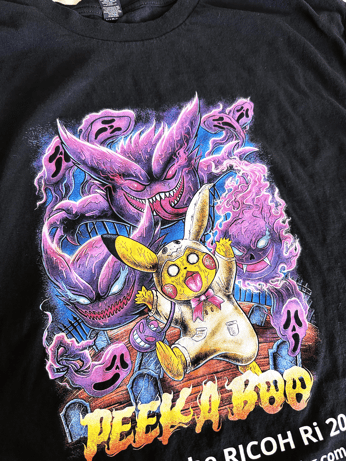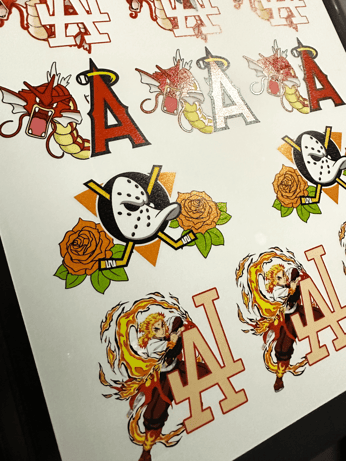DTG vs DTF Printing: The Pros and Cons of Direct Printing Technologies.

In the world of garment printing, two popular technologies have emerged: DTG (Direct-to-Garment) and DTF (Direct-to-Film). DTG printing prints directly onto the garment, while DTF printing prints on a special transfer film and then heat press on the garment. Both offer unique advantages and cater to different printing needs. In this blog post, we'll explore the differences between DTG and DTF printing (you can do both on RICOH DTG printers), their pros and cons, and help you determine which technology is the best fit for your apparel business.
Understanding DTG Printing
DTG printing involves using specialized inkjet printers, like RICOH GH2220, to directly print designs onto garments. This technology offers vibrant, high-quality prints with intricate details, making it ideal for small production runs and custom designs. DTG printing is best suited for cotton and cotton-blend fabrics, and it's known for its soft hand feel and eco-friendly water-based inks.

Exploring DTF Printing
On the other hand, DTF printing utilizes a transfer film or sheet to print designs, which are then transferred onto garments using a heat press. This technology offers versatility in printing on a wide range of fabrics, including cotton, polyester, nylon, and blends. DTF printing can achieve vibrant colors and excellent detail reproduction, making it suitable for both light and dark-colored garments.

Comparing Pros and Cons
DTG Printing Pros:
- High-quality prints with vibrant colors and intricate details.
- Ideal for small production runs (print-on-demand) and custom designs.
- Soft hand feels and eco-friendly water-based inks.
DTG Printing Cons:
- Limited to cotton and cotton-blend fabrics.
- Longer printing times for intricate designs.
- Higher initial investment in equipment.
DTF Printing Pros:
- Versatile printing on various fabrics, including cotton, polyester, and blends.
- Vibrant colors and excellent detail reproduction.
- Faster printing times compared to DTG for intricate designs.
DTF Printing Cons:
- Requires additional steps for transferring designs onto garments.
- Limited availability of specialized inks and films.
- Potential for a stiffer hand feel compared to DTG prints.
Choosing the Right Option for Your Business
When deciding between DTG and DTF printing, consider factors such as fabric type, print quality, production volume, and budget. If you primarily work with cotton garments and value high-quality prints with a soft hand feel, DTG printing may be the best choice for you. On the other hand, if you require versatility in printing on different fabrics and faster production times, DTF printing could be the ideal solution.
Both DTG and DTF printing technologies offer unique advantages and cater to different printing needs. By understanding the differences between the two and considering your specific requirements, you can choose the right option to elevate your apparel business and deliver outstanding results to your customers.
Conclusion
If you are thinking of adding this handy technology to your arsenal, the process is easy with the RICOH Ri 1000X, Ri 2000, and RICOH Ri 4000 DTG printers! If you already own one of these DTG printers, you can add DTF printing with a simple software upgrade. Simply reach out to the Technical Support team at 1-877-626-2538 Ext. 2
Happy printing!